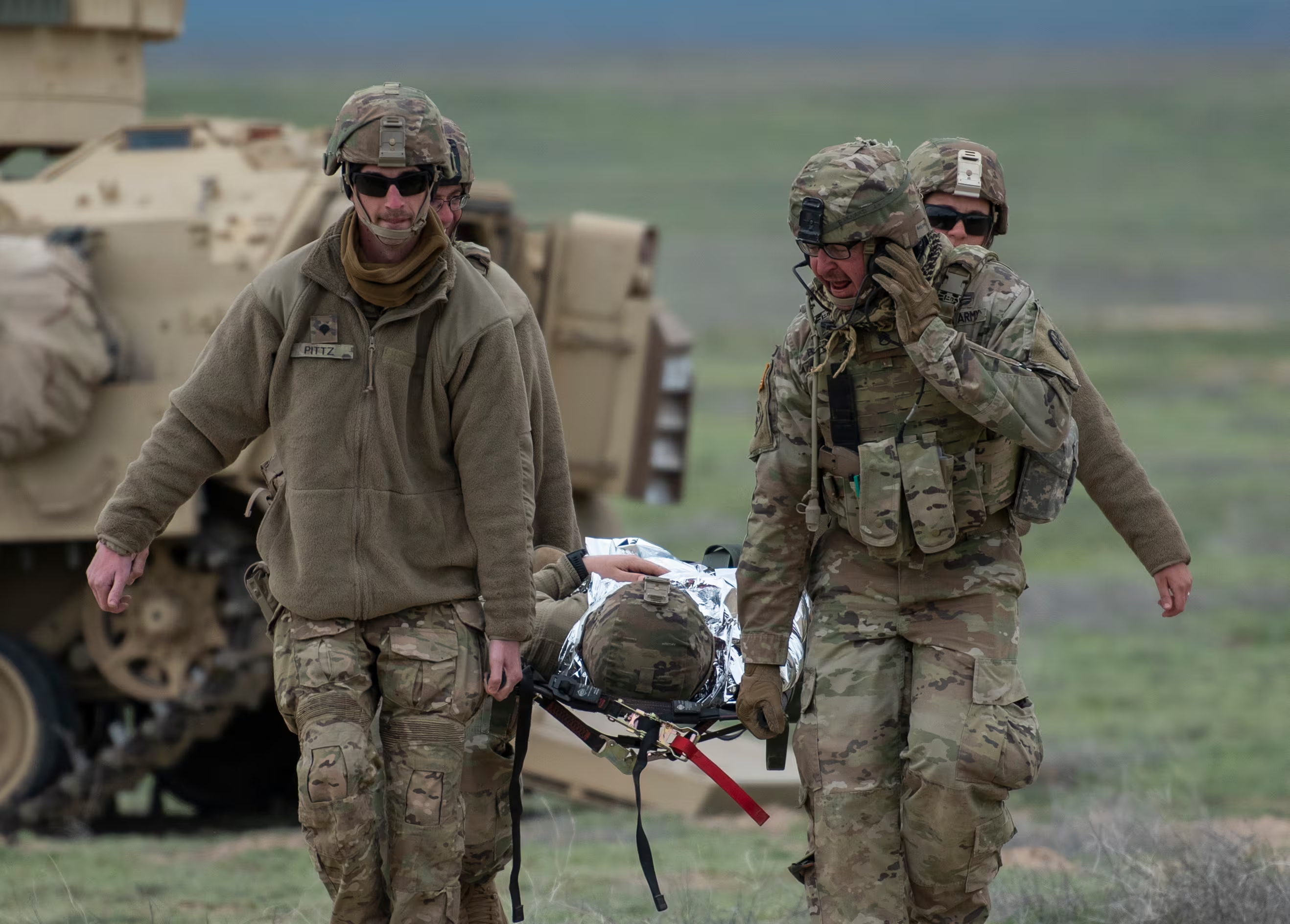The Navy Reserve marks its centennial Tuesday with a series of events starting in Washington, D.C., and continuing at installations around the country during the year. The events will highlight the history of the Navy Reserve and the contributions Reserve sailors have made, and continue to make, to the nation's security.
"Our Centennial commemoration is a truly a once in a lifetime opportunity to highlight the Reserve Sailors for their service, and that of their families, to America," said Vice Adm. Robin Braun, chief of the Navy Reserve. "We want to recognize our rich history and heritage with all of our sailors, both past and present."
Congress authorized the establishment of the Federal Naval Reserve on March 3, 1915. At first, only enlisted Navy veterans were eligible to enroll. But on Aug. 29, 1916, with the prospect of America's entry into World War I looming, the Navy Reserve reorganized to allow the enrollment of nonveterans and was renamed the Naval Reserve Force.
When the U.S. entered World War I on April 6, 1917, there were 8,000 sailors serving in the Navy Reserve Force. When the fighting ended on Nov. 11, 1918, more than 250,000 Reserve sailors were on active duty, more than half of the wartime Navy. They included 12,000 pioneering women who were all released from active duty by 1920, not to serve again until World War II.
During World War II, the Navy Reserve contributed 84 percent of the Navy's manpower. Their numbers included five future U.S. presidents — John F. Kennedy, Lyndon B. Johnson, Richard Nixon, Gerald Ford, George H.W. Bush — and 15 recipients of the Medal of Honor.
More than 22,000 Reserve sailors were mobilized for the first Gulf War, and since Sept. 11, 2001, there have been more than 70,000 Selected Reserve mobilizations, along with an additional 4,500 deployments by full-time support sailors.
Navy Reserve sailors deliver essential skills and capabilities to the Navy and Joint Forces whenever needed. Their knowledge and experience complement critical Navy missions and provide best practices, technical skills, process management and leadership from vastly different work cultures to the Navy.




